Welcome to our PPC series, where we have talked about PPC keyword research and Search Advertising in SEM. Today we will talk about SEM ad copy.
If you’re new to the digital marketing world, you’ve probably heard of SEM or Search Engine Marketing. But did you know that writing an effective SEM ad copy for your campaigns can make the difference between an ad that soars or snores? Today, I’ll be sharing my top tips that have consistently helped my content rank in the top 3. And don’t worry; I’ll be breaking it down for those just starting out in the SEM campaign!
Elements of Ad Copy
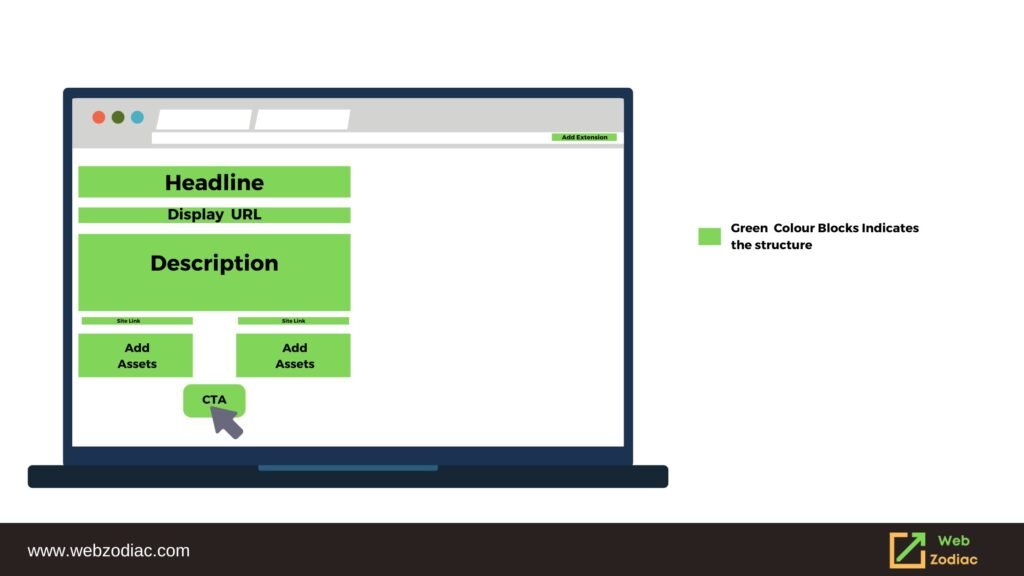
Headline
- Purpose: Grabs the reader’s attention.
- Best Practices: Use powerful words, address the user’s intent, and include the primary keyword. Most platforms allow for multi-part headlines, so be sure to use this space effectively.
- Example: “Unbeatable Sale Now On!”
Description
- Purpose: Delivers more detailed information about the offer, product, or service.
- Best Practices: Highlight unique selling points (USPs), benefits, or features. Aim for clarity and brevity.
- Example: “Shop the latest styles at unbeatable prices. Limited stock available.”
Call-to-Action (CTA)
- Purpose: Directly prompts the user to take a desired action.
- Best Practices: Use commanding verbs. Ensure the CTA is clear and indicates what the user will get upon clicking.
- Example: “Shop Now”, “Learn More”, “Get Started”.
Display URL
- Purpose: Shows the web address where the user will be taken after clicking the ad.
- Best Practices: Use a readable and relevant URL that aligns with the ad’s content. Capitalize the first letter of each word to improve visibility.
- Example: “www.BrandName.com/Sale“
Ad Extensions (for platforms like Google Ads)
- Purpose: Enhances your ad with additional information or links.
- Types & Best Practices:
- Sitelink Extensions: Link to specific pages of your website like “Contact Us” or “Shop Men’s Wear”.
- Call Extensions: Display a phone number or call button.
- Location Extensions: Show your business address, perfect for local businesses.
- Structured Snippet Extensions: Showcase specific aspects of your products/services, e.g., “Brands: Nike, Adidas, Puma”.
Final URL
- Purpose: The actual landing page URL where the user will be taken post-click.
- Best Practices: Ensure the landing page aligns with the ad’s message for consistency and to reduce bounce rates.
How Approach SEM Ad Copy Writing
Now you understood the elements of SEM ad copy, now its time to jump into writing one. Let’s start:
1. Understand Your Audience
The power of any marketing strategy lies in its connection with its audience. Crafting an SEM ad copy without a deep understanding of your audience is like shooting arrows in the dark. Here’s how you can fine-tune your understanding:

1.a. Create Buyer Personas
Before you begin, visualize your ideal customer. Who are they?
- Basic Demographics: These include age, gender, occupation, income level, and education. For instance, an ad for luxury watches would differ greatly when targeting college students versus C-level executives.
- Geographical Location: Where your audience is located can affect their purchasing decisions. Are you targeting urban dwellers or rural folks? Different regions have varying preferences and pain points.
1.b. Dive into Psychographics
This goes beyond basic demographics and delves into:
- Interests and Hobbies: A tech enthusiast will resonate with words like “innovative” or “cutting-edge”, while a fitness aficionado might prefer “holistic” or “energizing”.
- Values and Beliefs: Recognizing and respecting your audience’s core values can make your ad copy more compelling. For instance, eco-conscious users would be drawn to terms like “sustainable” or “eco-friendly”.
- Challenges and Pain Points: What problems is your audience facing? Does your product or service offer a solution to those problems?
1.c. Identify Needs and Wants
- User Intent: Why are they searching? Are they looking for information, or are they ready to make a purchase? Tailor your ad copy to match their stage in the buying process.
- Emotional Triggers: Tapping into emotions can be powerful. Is your audience looking for confidence, security, excitement, or perhaps a sense of belonging?
1.d. Utilize Data and Analytics
Modern tools give a wealth of information about your audience:
- Search Query Data: Look at the exact phrases and questions people are typing into search engines. This can give insights into their specific needs and the language they use.
- Feedback and Reviews: Existing customers can offer invaluable insights. What are they saying about your product or service?
Pro tip: By understanding your audience in depth, you not only tailor your SEM ad copy to resonate better but also build stronger, lasting relationships. In the world of digital marketing, it’s this connection that turns casual searchers into loyal customers.
2. Keep Your SEM Ad Copy Concise
Search ads have character limits. Here’s a golden rule: Be short, be sharp!
- Headline: This is your first impression. Make it count!
- Description: Offer a solution to their problem or highlight a unique selling proposition.
3. Utilize Power Words
Words like ‘Exclusive’, ‘Limited Time’, ‘Hurry’, or ‘Best’ can ignite emotions and drive actions.
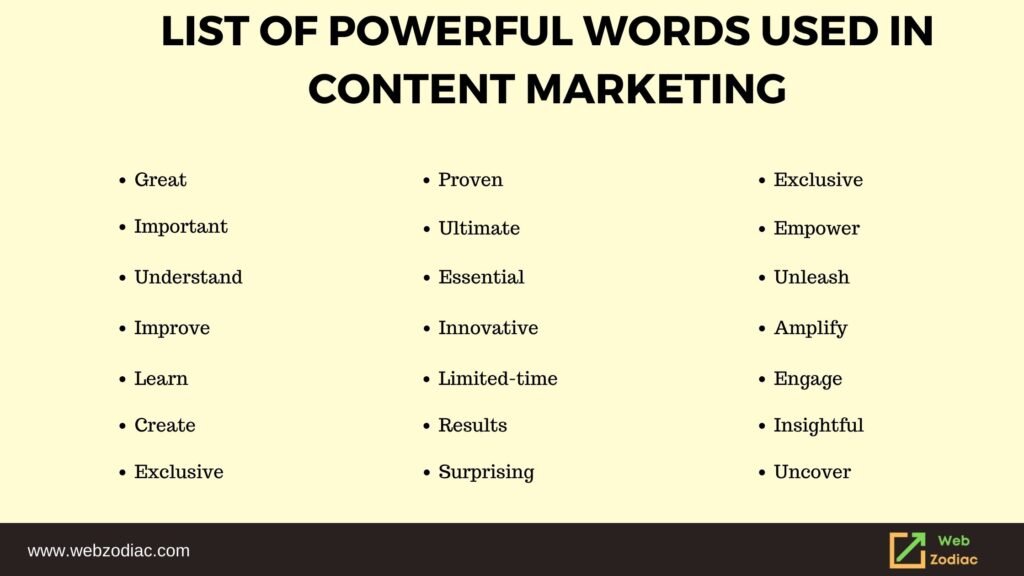
4. Incorporate Numbers and Offers
People love tangible offers and clear savings. “50% off”, “Buy 1 Get 1”, or “Only $10” grabs attention instantly.
5. Call-To-Action (CTA) is a Must
Encourage your readers to take an action – “Shop Now”, “Learn More”, or “Get Started”.
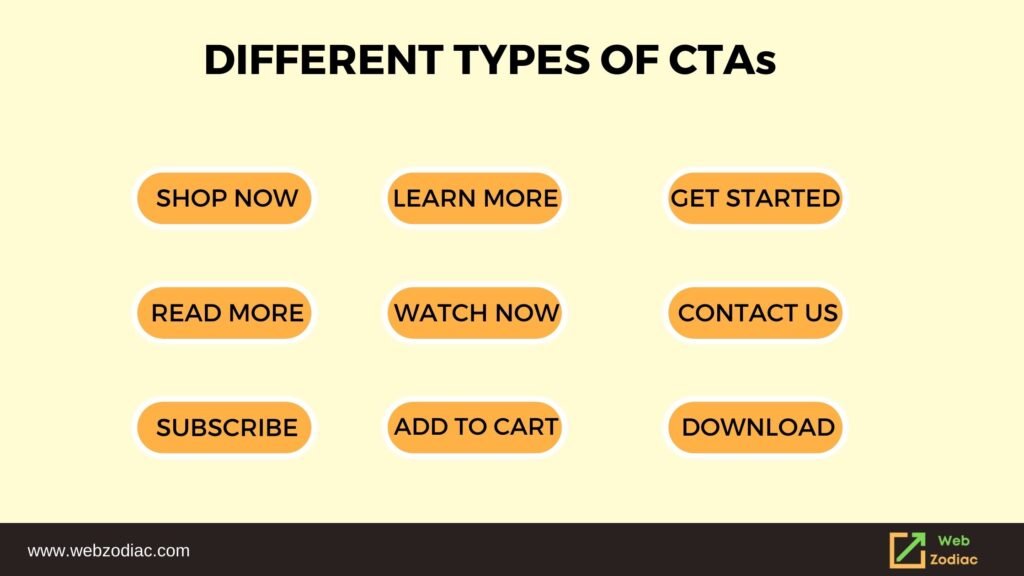
6. Make Use of Ad Extensions
Ad extensions provide additional information like contact numbers, location, or site links. They not only improve visibility but also boost CTR (Click Through Rate).
7. Test, Test, Test!
Every audience is unique. What works for one may not work for another. So, split test your ad copies, headlines, CTAs, and more to discover what resonates.
8. Always Keep Quality Score in Mind
Google rates your ads based on relevance, landing page experience, and CTR. A higher quality score can lead to better ad positions and lower costs.
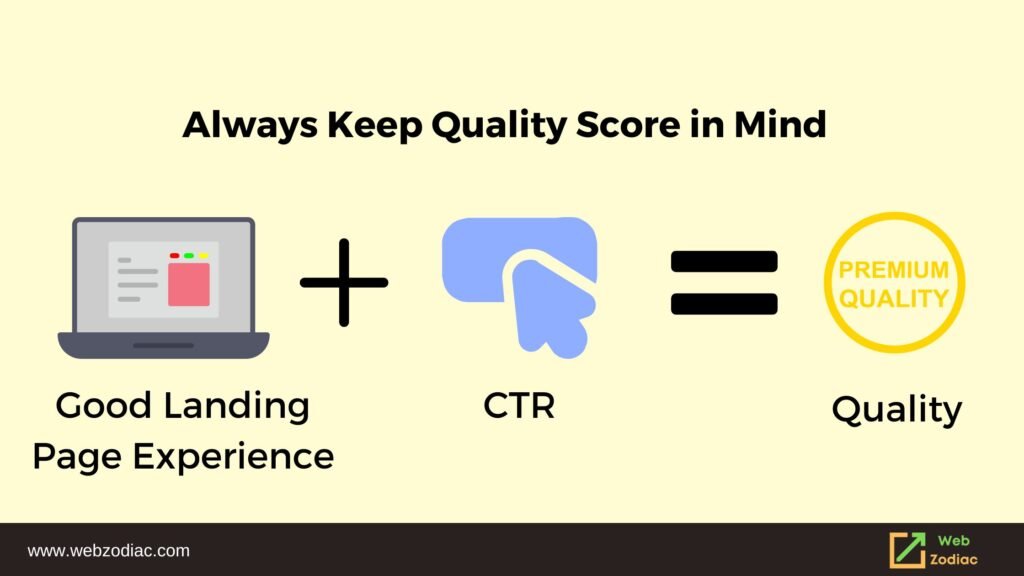
9. Stay Updated with SEM Trends
The digital landscape is ever-evolving. Ensure you’re in the loop with the latest ad formats, algorithms, and consumer behavior trends.
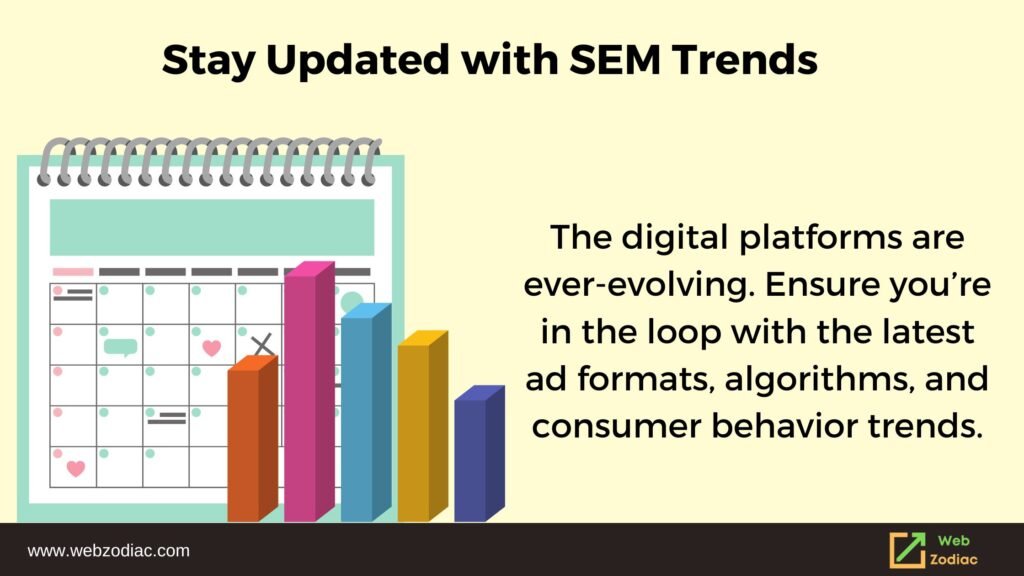
10. Authenticity is the Key
Last but not least, be genuine. Today’s consumers can spot a fake from miles away. Authenticity builds trust, and trust converts!
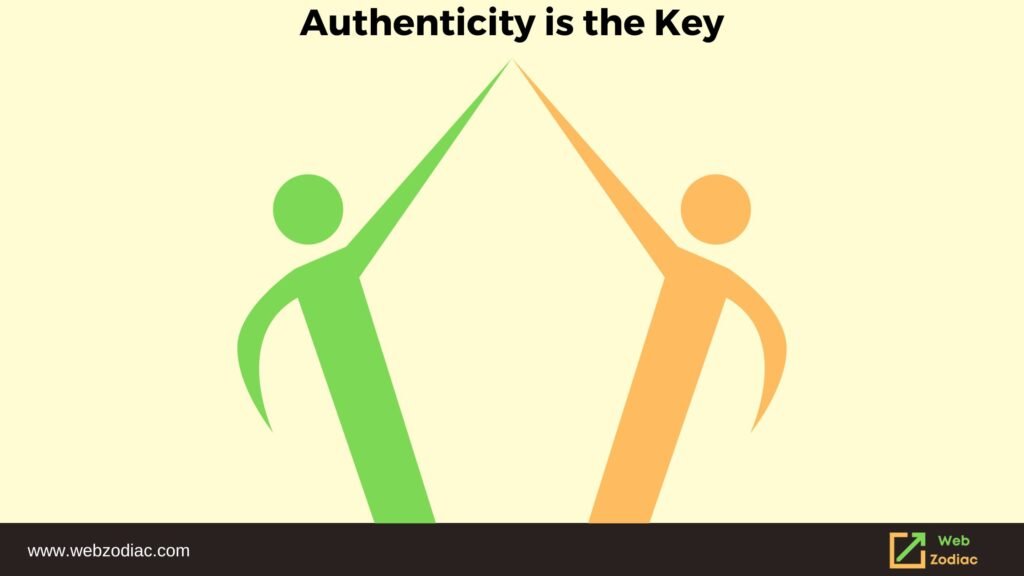
In Conclusion
SEM Ad Copywriting might seem intimidating at first, but with the right strategies in place, it becomes an art and science combined. Remember, every word counts, and it’s those words that will determine if your audience clicks through or scrolls past.
Whether you’re a seasoned marketer or just starting out, I hope these tips will guide your SEM journey. Until next time, keep writing and keep optimizing!
In case you need straegic assistance with your paid search campaign, you can use our PPC Services.

0 Comments